impact.com, the leading partnership management platform, in partnership with WARC, an international marketing intelligence company, today released an in-depth research report on the rapidly evolving brand-influencer dynamic, which shows the disparity and alignment of perceptions of marketers and influencers, and offers guidance on how better alignment can lead to more effective and valuable partnerships. The report, Aligning Marketers and Influencers: Shifting Perspectives on Influencer Marketing Across the Funnel, reveals influencer and marketer perceptions around influencer marketing, especially given the rapid growth of the influencer market after a wave of investment and innovation on the heels of the COVID-19 pandemic.
The report, based on global survey responses from more than 400 marketers and 400 influencers across Europe, North America, Asia, and Australia, found that 75% of marketers leverage influencers for brand awareness and 73% for brand engagement. From the influencer point of view, 58% say their top reason for working with marketers is to create authentic content, especially in a world where consumers are increasingly sceptical of traditional advertising.
The value of authenticity cannot be overlooked. According to the research, 85% of influencers and 67% of marketers ranked high levels of trust and authenticity as the first and second most (respectively) significant strengths of influencer marketing, which, over time, creates stronger partnerships.
The report uncovers key considerations for those seeking true, impactful partnerships with influencers who are now at the centre of the brand-consumer relationship given their impact on engagement and relationships with consumers. Those considerations include establishing a wide understanding of influencer marketing across functional teams, engaging with creators over an extended period of time in order to receive the best results and working with influencer marketing experts, such as technology platforms and agency-managed services, to ensure the best reach and results.
“Consumers are engaging with social channels like YouTube and TikTok more than ever before, which we expect to continue for the foreseeable future. At the same time, consumers have become distrustful of and annoyed with traditional marketing and advertising channels,” said impact.com CEO David A. Yovanno. “Together, these factors have helped give rise to a significant consumer population that looks to influencers to guide their purchase decisions, with an appetite for influencer commerce content that continues to grow. This has created a shift in the brand-influencer power dynamic – for many brands, building partnerships with influencers is now a critical way to reach their target audience.”
Also Read: Three Strategies for Effective B2B Influencer Marketing
Key takeaways marketers and influencers shared for those looking to create (or expand) an influencer strategy include:
- How brands can best reach their target audiences is shifting. Younger audiences tend to favour visual experiences, such as those on Instagram and TikTok, and they prefer smaller content creators over celebrities and mega influencers. These meaningful interactions drive the credibility and authenticity that audiences crave, and, at the same time, help influencers create relationships over time. Knowing how and where to connect with target audiences is critical for a successful influencer marketing programme.
- Creating a clear, mutually beneficial partnership must be a priority. Today’s creators want more control over the content they create for brands. They expect the relationship to operate like a partnership rather than a simple fee structure. For marketers, it will be critical to balance brand requirements with creators’ demand for more freedom and control over the content they produce. In fact, according to 50% of influencers surveyed, striking this balance is the second most significant challenge they face. At the same time, compensation is a vital part of the equation – marketers must focus on incentivising influencers around important metrics, to help align both partners and deliver improved results from the relationship.
- Driving valuable long-term relationships with creators is key. As influencers become more important to the brand-consumer relationship, it is important to stay focused on creating long-term relationships, which over time help drive more conversions. Though marketers tend to leverage influencer marketing for shorter, more awareness-driven campaigns, results can improve the longer a brand works with an influencer. A key example of this is in the beauty and fashion industry, where advertisers have proven that longer-term influencer marketing collaborations yield better outcomes. And, among marketers who use influencers over a longer period, 73% rank trust and authenticity as the biggest strengths of influencer marketing – six percentage points higher than among other marketers.
- The criteria for selecting influencers has changed, too. While macro influencers boast followings in the millions, nano and micro influencers with less than 1,000 followers may be key to unlocking a successful influencer strategy, according to respondents. Not only do they bring extra authenticity – they have very active communities of followers, resulting in higher engagement and their potential to influence product purchase decisions.
In addition to in-depth surveys, the report is supplemented with a series of in-depth marketer and influencer interviews, WARC’s global data and expert contributions, all targeted at better understanding the evolving role of influencer marketing. WARC is an international marketing intelligence company that provides the latest evidence, expertise and guidance to make marketers more effective. For more information about WARC.
For more such updates follow us on Google News TalkCMO News.
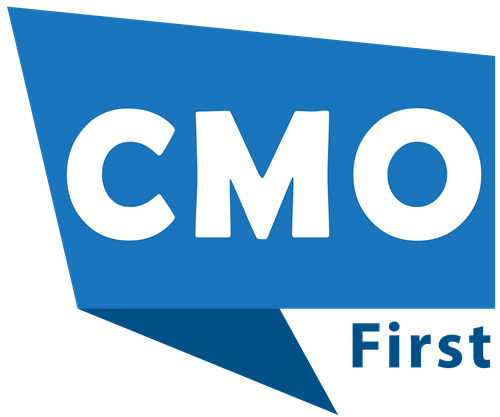






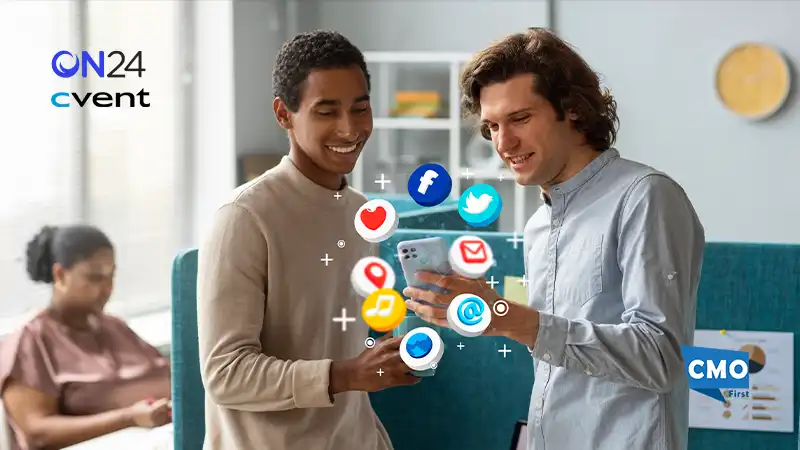



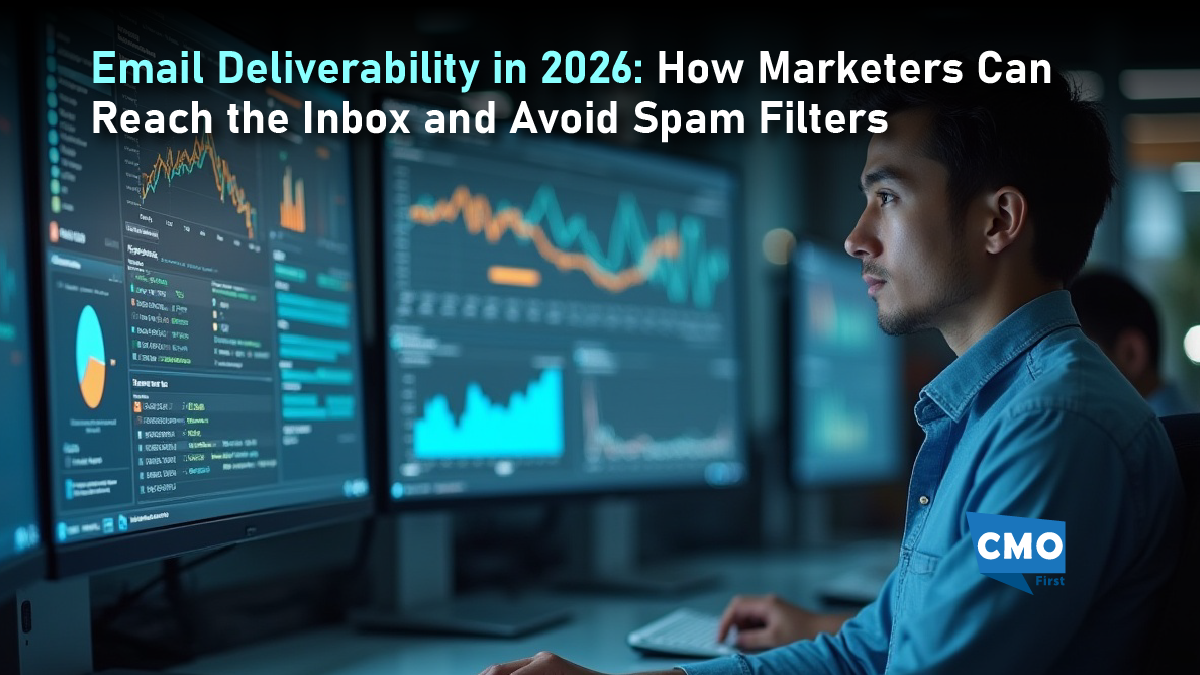
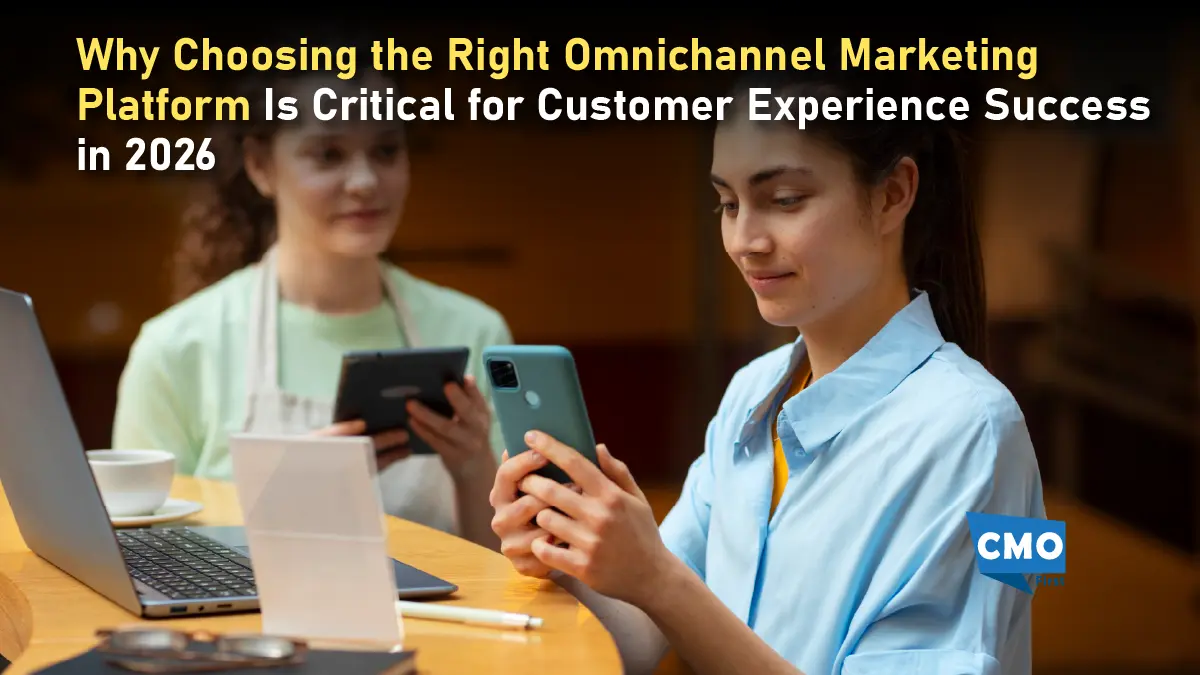
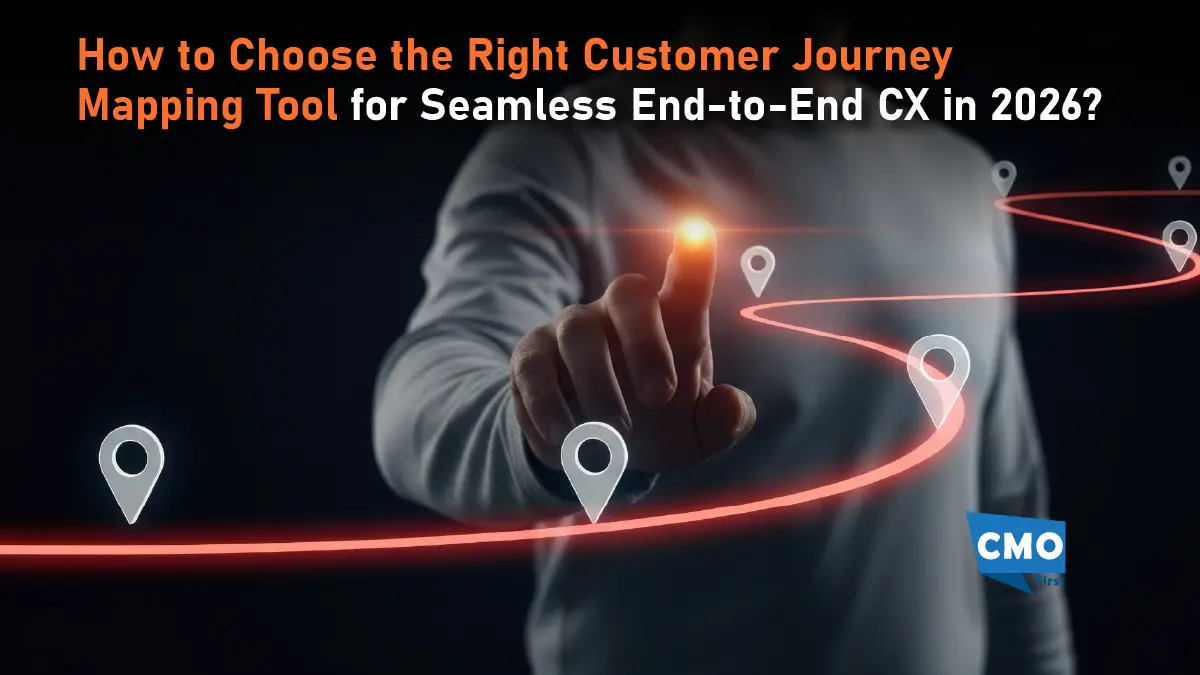

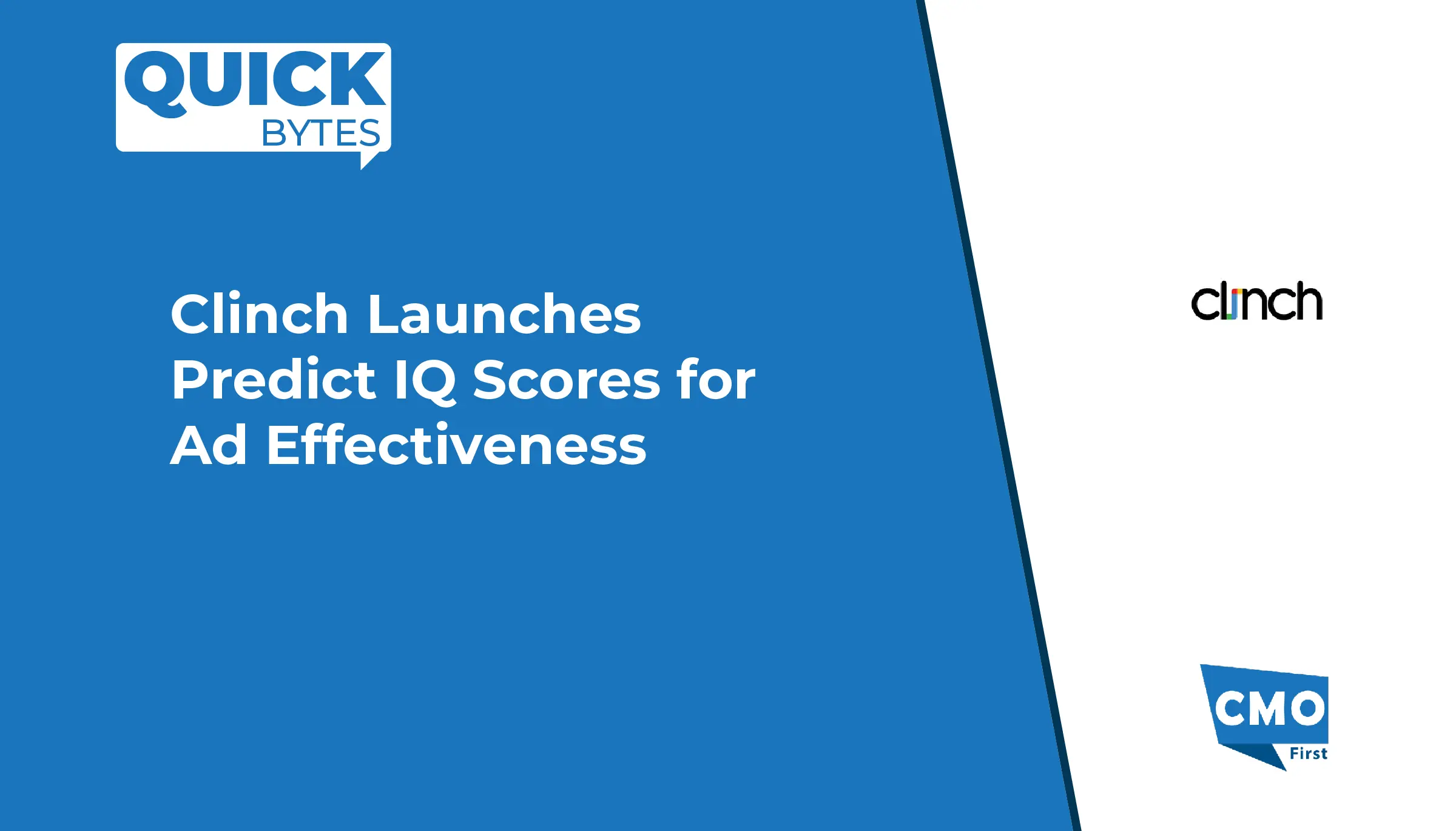

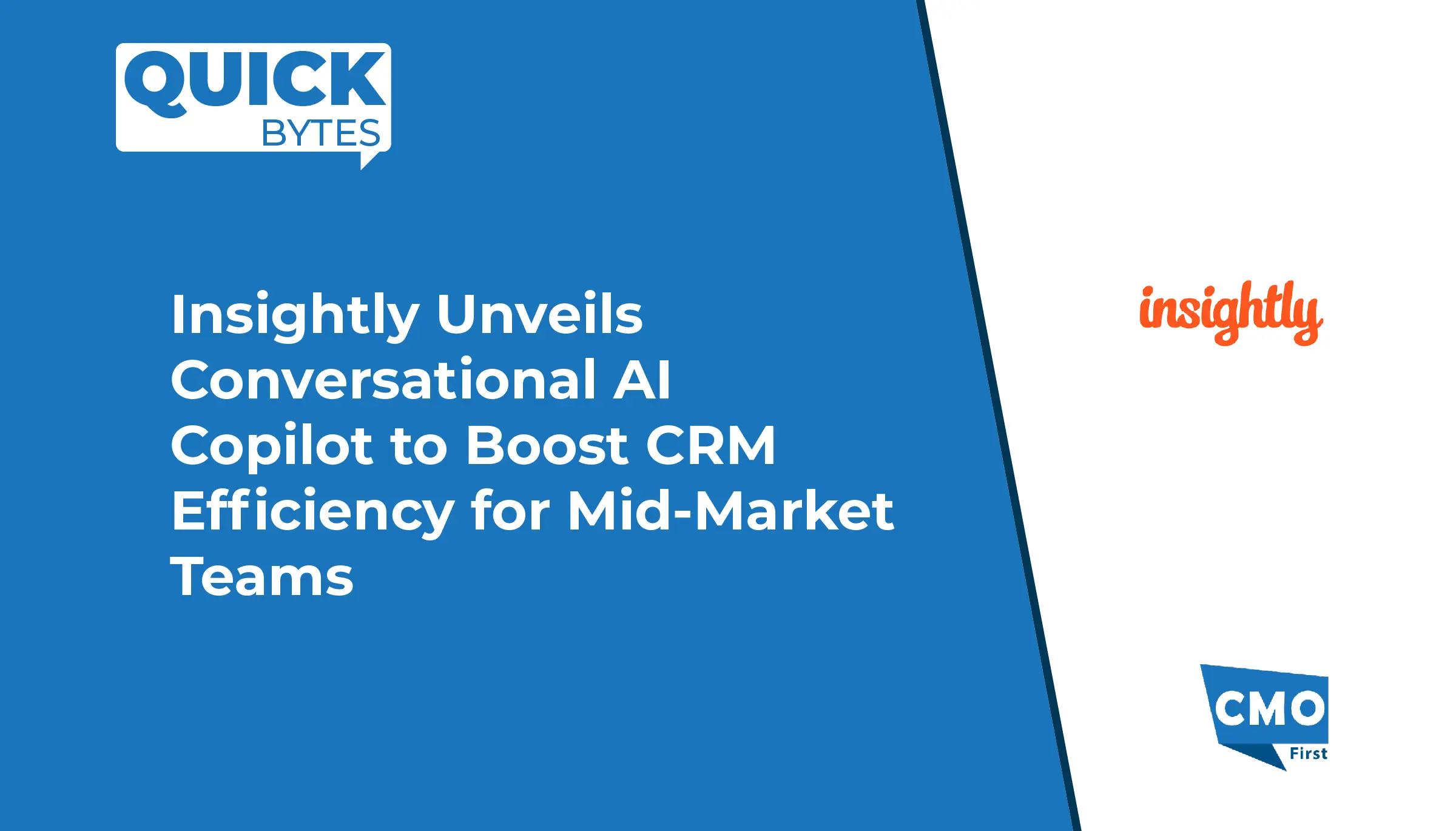

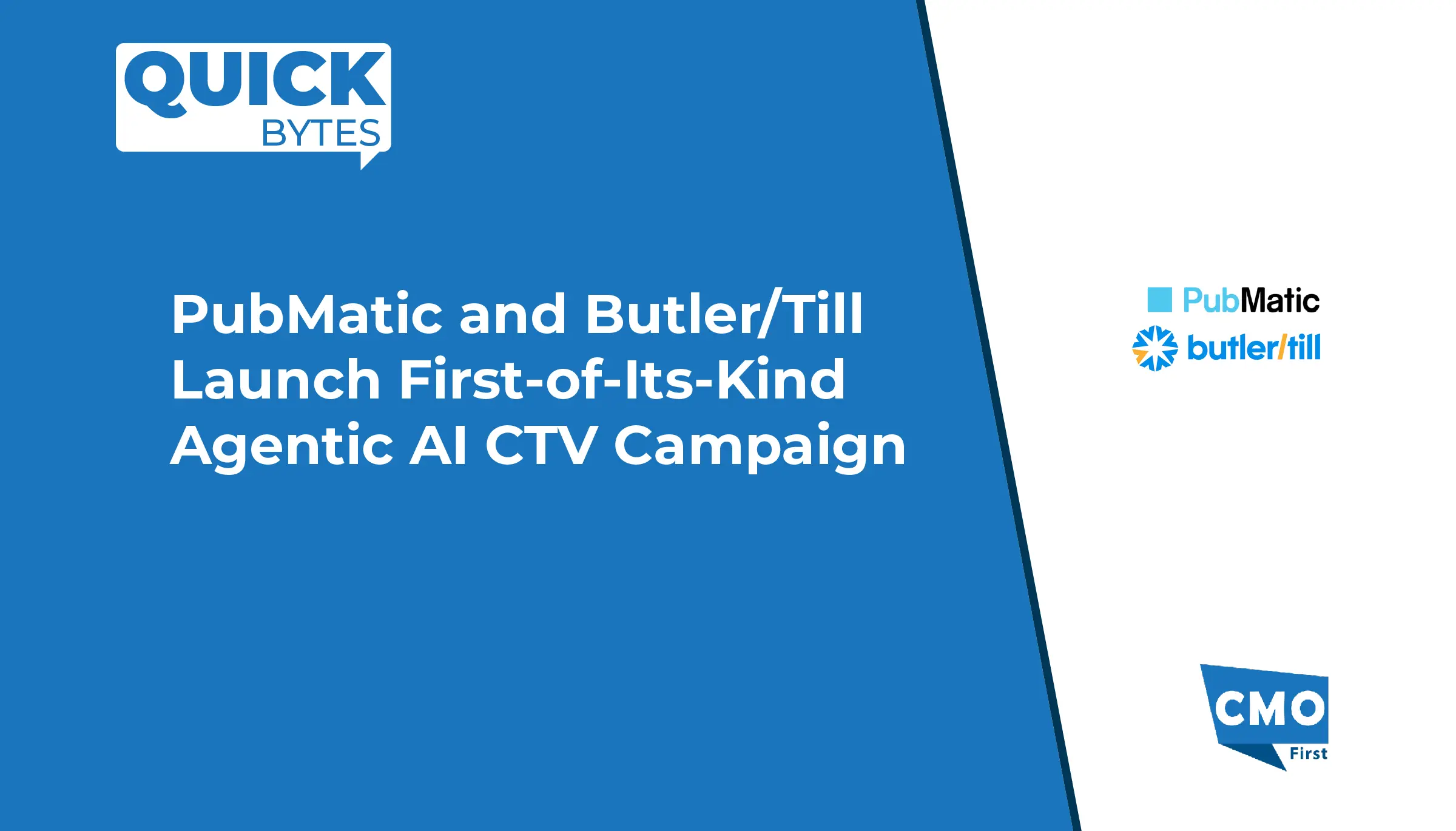




Leave a Reply